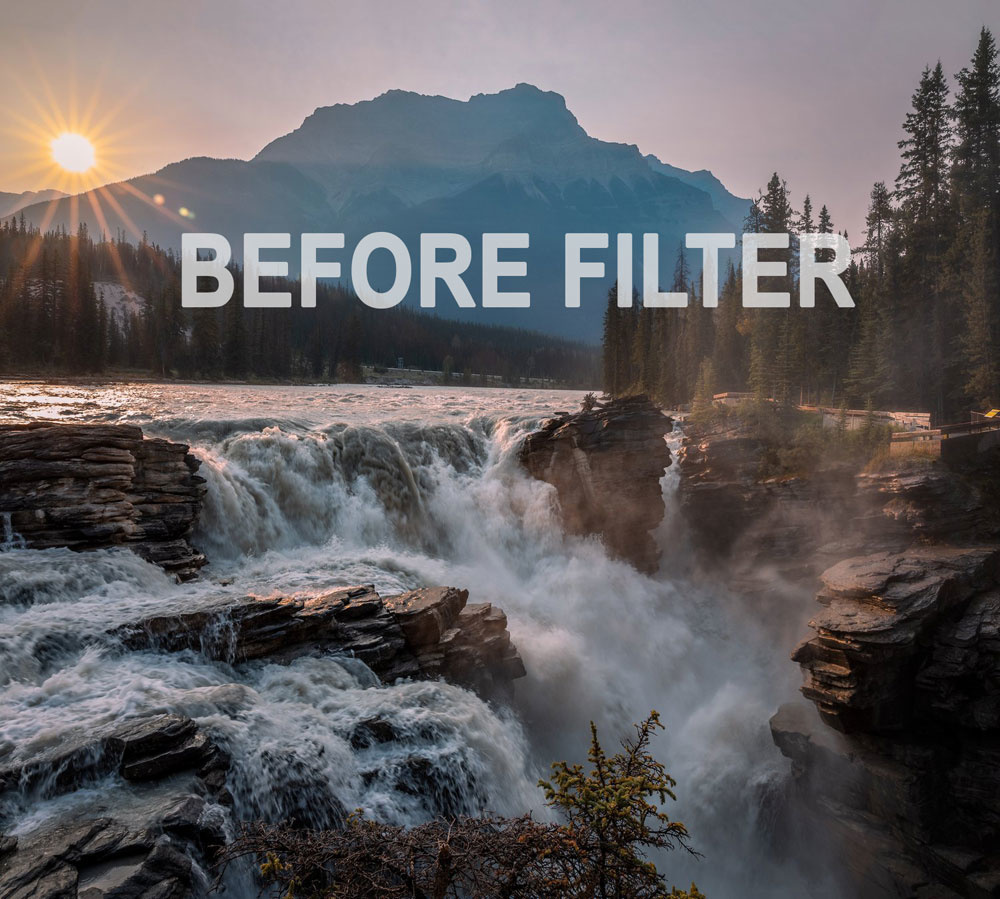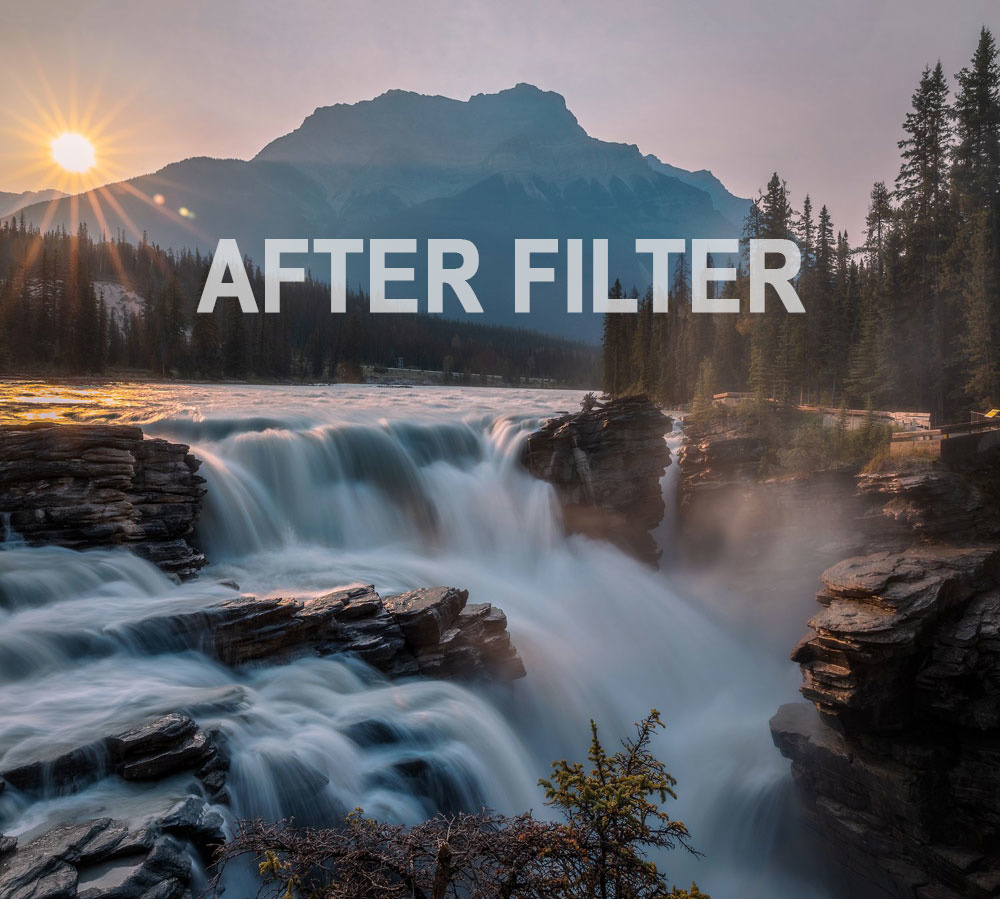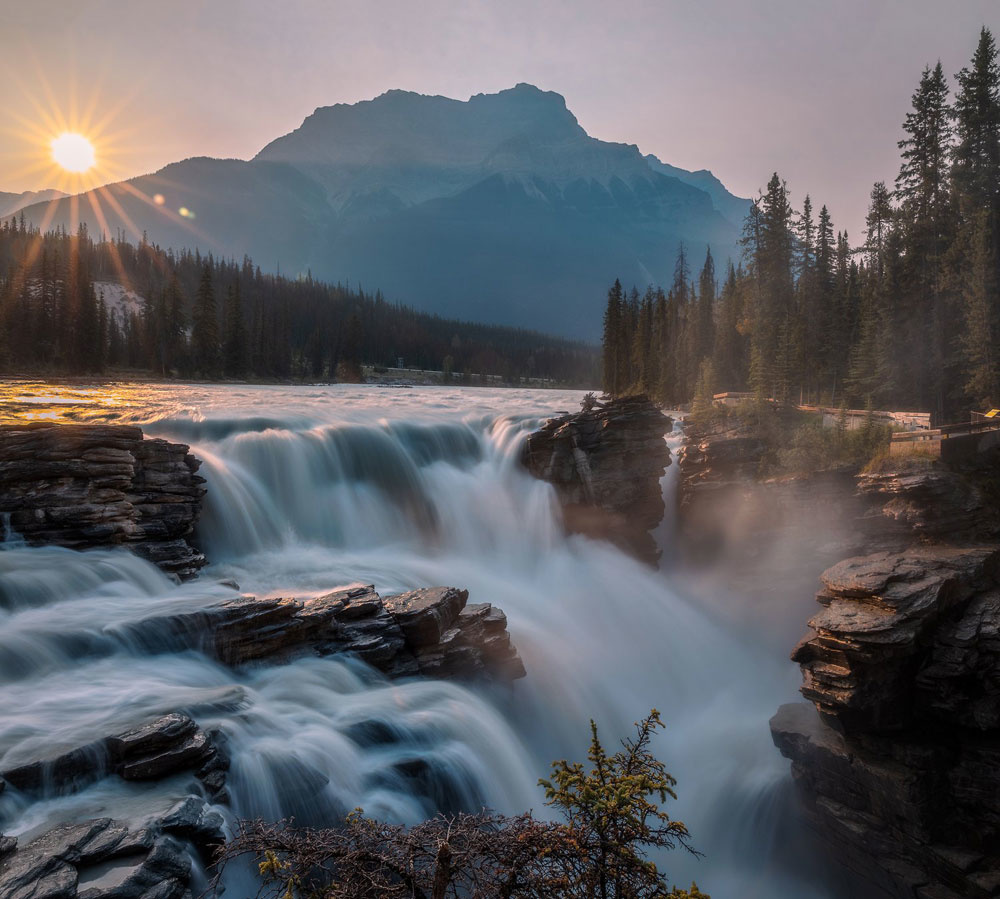Introduction to ND Filters
Filters are an essential tool for photography and videography. Using the right filter can help achieve your desired results in a way that post-production editing can’t. Not all filters are created equal, though, and each filter has a specific use case for a desired effect. Here we’ll review what an ND filter is, how to use it for photography and videography applications, and where to get the right filter.
What is an ND Filter?
In the simplest terms, ND filters act as sunglasses for your lens. That’s it, we’re done!
Well, there’s a bit more to it. ND stands for neutral density, which means these filters reduce equally all wavelengths of the incoming light that reaches your camera's sensor. This allows you to select more desirable in-camera exposure settings so that you can achieve results that can’t be replicated in post-production.

What can you achieve with an ND filter?
With an ND filter on your lens, you can achieve:
-
Shallow depth of field with a wider aperture
-
Long exposures and motion blur over a longer period of time with a slower shutter speed
Using an ND filter allows you to use a wider aperture in bright conditions to separate a subject and blur the background; this is especially useful for making beautiful daylight portraits.
You can also use an ND filter and reduce your shutter speed to blur moving objects, while keeping the rest of the scene static, achieving dreamy aquascape photos and blurred waterfalls. To achieve this look, you will have to drop your shutter speed, which in turn increases the amount of light that will be introduced into your sensor.
Why not just stop down your aperture instead? For one, in certain very bright conditions this may not be enough. Secondly, lens diffraction can become noticeable when shooting past f14-16. Diffraction may occur at different f-stops for different camera setups, but it will happen the further you stop down. Quite simply, diffraction is bad, you don’t want it, so to prevent having to stop down to the point of this happening, we highly recommend putting an ND filter on your lens. In doing so, you can maintain a reasonable aperture that can help enhance the sharpness of your photo rather than degrade it.
Below you can see the before and after effect of using an ND filter.


What about variable ND filters?
Fixed ND filters reduce the light reaching your sensor by a specified number of stops of light. Variable ND filters rotate to provide a range of stops from one single filter. Carrying around an entire set of filters for each stop of light isn’t always practical, so being able to quickly adjust your exposure by simply rotating a filter opens up creative possibilities in one, convenient tool.
The ProMaster HGX Prime line of variable ND filters’ Repellamax II coatings, optical glass, and color-corrected polarizing films (applied using a unique, super-secret, process) combine to provide an extremely sharp image with excellent color rendition as well as protection against moisture, oil, dirt, and dust. In addition, they have mechanical hard stops at each end of the filter's range and provide an “x” mark on the filter ring indicating where you may begin to see cross-polarization, an inherent drawback of all variable ND filters, especially when used with wide-angle lenses.

How do ND filters affect videography?
When it comes to shooting video, controlling exposure is particularly important if you wish to maintain the 180-degree shutter rule . This principle involves setting your shutter speed to twice your frame rate to most closely replicate the way the human eye sees motion. If you compensate for lighting conditions by further increasing your shutter speed, you may end up with a choppy and more unnatural-looking image. You could stop down your aperture to compensate for the light, but this will bring more of your scene into focus. While this may be desired for certain situations, it can distract from the subject or main action in your scene. Instead, attach an ND filter and instantly improve the quality of your shots in these lighting conditions.







